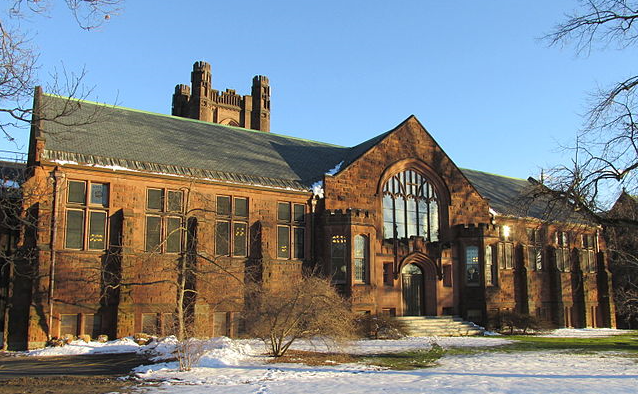As we stand between Memorial Day and the Fourth of July, it is a good time to reflect on the fraught relationship between Christian churches and American civil religion. One of the most contentious issues is whether churches should have an American flag in their worship space.
The place of the flag in church has always been controversial in American history. For instance, as Timothy Wesley tells the story in his book The Politics of Faith During the Civil War, a wartime Methodist church in border-state Missouri was being used by both Northern and Southern Methodist congregations. The Southern Methodists arrived one Sunday morning to find an American flag hanging from the pulpit, left over from the Unionists’ meeting. Some Unionists were attending the Southern Methodist meeting that day, and after the sermon, they took down the flag and held it over the door, trying to force the Southern Methodist minister to walk under it.
This was too much for the Southern sympathizers to take. One pro-Southern woman grabbed the flag, threw it on the ground, and stomped on it to show her contempt for Lincoln and the Union. Clearly, church and the flag had become hotly politicized!
Scholars agree that flags became more common in American churches during World War I. German immigrant churches and pastors suffered humiliating incidents related to the flag, with pastors being forced to genuflect before the flag and kiss it by anti-German nativist crowds.
In the late 1910s, the Ku Klux Klan was revived as an anti-immigrant, anti-Communist movement. Klansmen pointedly gave a number of local churches and pastors American flags, which they insisted that they display in sanctuaries. A letter from Klansmen to a Methodist minister in Arkansas stated that the Klan stood for the “two greatest gifts that Heaven has bestowed, namely the Holy Bible” and “the American flag.”
Some pastors rejected overtures to display the flag. When Herman Hoeksma, minister of a Christian Reformed church in Holland, Michigan, refused to put the flag in the sanctuary during World War I, he was reviled as a pro-German traitor and a Communist. One newspaper suggested that Hoeksma should be deported or shot. Another Dutch Christian Reformed minister in Iowa was run out of town, and had his church burned by vigilantes, for declining to display the flag. (For more, see James Bratt’s Dutch Calvinism in Modern America.)
All this suggests that there was an ugly, coercive side to the story of American flags in churches. But some immigrant and ethnic minority groups embraced the idea of displaying the flag in religious services as a way to affirm their patriotism. Protestant, Catholic, and Orthodox immigrants from Europe routinely displayed the flag in parades and meetings in the 1920s.

One of the most affecting scenes of the flag in a church appears in a 1941 photograph of an African-American church in rural Georgia. The picture is clearly not trying to document the flag, but there the Stars and Stripes is, hanging from the otherwise unadorned wall behind a couple of ladies’ pews. (A coat is also hanging over the flag.)
We don’t want to over-interpret the meaning of this flag photo. But I suspect if pressed, church members would have said that the flag meant that they believed in the promise of American liberty. In an unguarded moment, they might have admitted that they believed in this promise, in spite of the prejudice and legal disadvantages under which they suffered in pre-World War II America.
These vignettes of the flag and the church in American history tell us that (1) the American flag has not always been a fixture in American sanctuaries, and( 2) when it was introduced, it came for reasons—often troubling ones—specific to that historic moment.

















